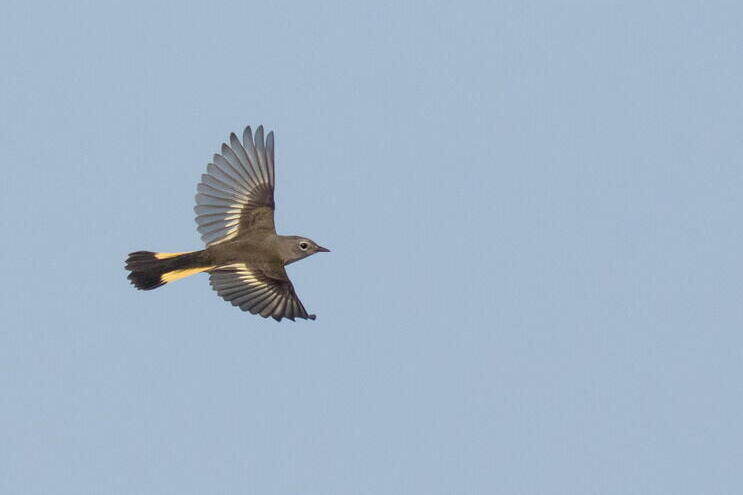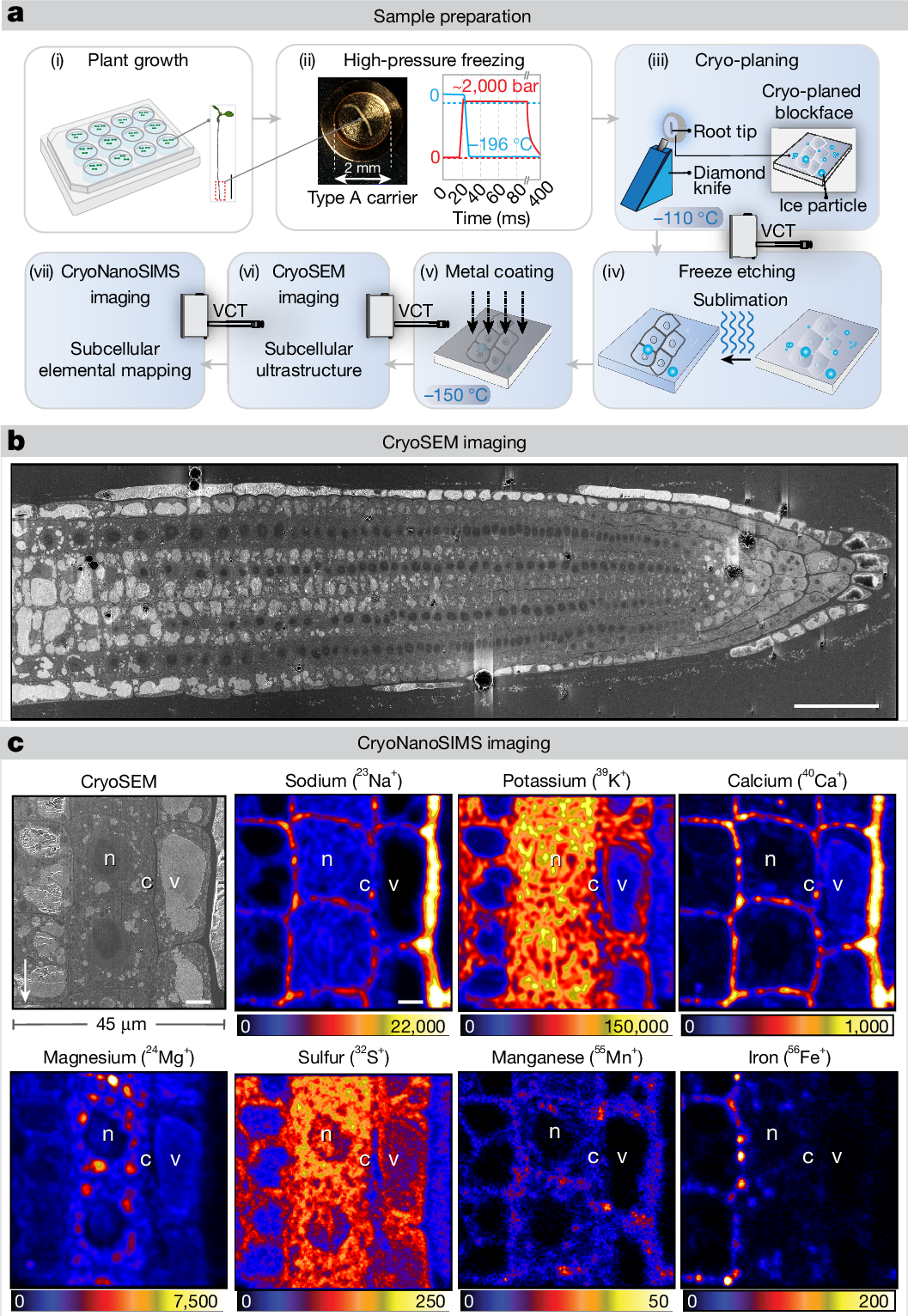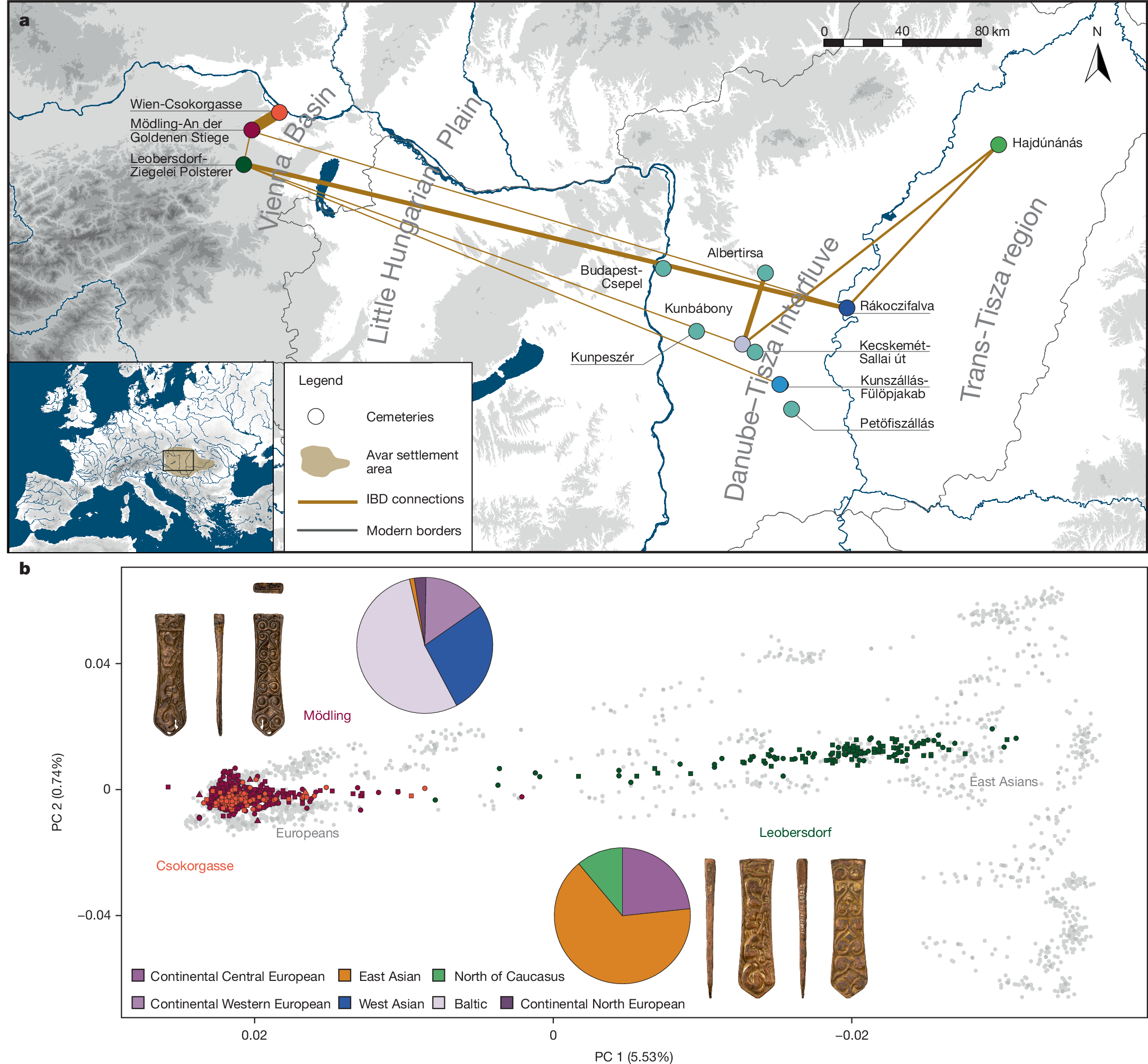2025-01-14 イリノイ大学アーバナ・シャンペーン校

American Redstart. Photo courtesy of Andrew Dreelin.
<関連情報>
- https://aces.illinois.edu/news/songbirds-socialize-wing-during-migration-new-study-says
- https://www.sciencedirect.com/science/article/abs/pii/S0960982224017019?via%3Dihub
- https://www.pnas.org/doi/10.1073/pnas.2322063121
鳥の夜間移動における種を超えた社会的関連性 Social associations across species during nocturnal bird migration
Benjamin M. Van Doren, Joely G. DeSimone, Josh A. Firth, Friederike Hillemann, Zach Gayk, Emily Cohen, Andrew Farnsworth
Current Biology Available onlin:e 15 January 2025
DOI:https://doi.org/10.1016/j.cub.2024.12.033
Highlights
- Migrating songbirds associate socially with other species during nighttime flights
- Associations are stronger among species with similar calls and flight speeds
- Social information could play an underrecognized role in nocturnal bird migration
Summary
An emerging frontier in ecology explores how organisms integrate social information into movement behavior and the extent to which information exchange occurs across species boundaries.1,2,3 Most migratory landbirds are thought to undertake nocturnal migratory flights independently, guided by endogenous programs and individual experience.4,5 Little research has addressed the potential for social information exchange aloft during nocturnal migration, but social influences that aid navigation, orientation, or survival could be valuable during high-risk migration periods.1,2,6,7,8 We captured audio of >18,000 h of nocturnal bird migration and used deep learning to extract >175,000 in-flight vocalizations of 27 species of North American landbirds.9,10,11,12 We used vocalizations to test whether migrating birds distribute non-randomly relative to other species in flight, accounting for migration phenology, geography, and other non-social factors. We found that migrants engaged in distinct associations with an average of 2.7 ± 1.9 SD other species. Social associations were stronger among species with similar wing morphologies and vocalizations. These results suggest that vocal signals maintain in-flight associations that are structured by flight speed and behavior.11,13,14 For small-bodied and short-lived bird species, transient social associations could play an important role in migratory decision-making by supplementing endogenous or experiential information sources.15,16,17 This research provides the first quantitative evidence of interspecific social associations during nocturnal bird migration, supporting recent calls to rethink songbird migration with a social lens.2 Substantial recent declines in bird populations18,19 may diminish the frequency and strength of social associations during migration, with currently unknown consequences for populations.
持続的な種の関係が、中継地や季節を越えて渡り鳥の群れを特徴づける Persistent species relationships characterize migrating bird communities across stopover sites and seasons
Joely G. DeSimone, Lucas W. DeGroote, Stuart A. MacKenzie, +2, and Emily B. Cohen
Proceedings of the National Academy of Sciences Published:August 13, 2024
DOI:https://doi.org/10.1073/pnas.2322063121
Significance
Seasonal migrations of many species often converge in space and time, providing opportunities for interspecific interactions that, although rarely studied, may influence migratory routes, timing, and success. Here, we test the hypothesis that co-migrating birds are engaged in a consistent network of interspecific associations across stopover sites. We apply social network analysis to over half a million bird banding records collected from five sites across northeastern North America, finding that species co-occurrence is influenced by species relationships that are generally positive, persist across sites and seasons, and are partly explained by phylogeny, foraging behavior, and nonbreeding ranges. Our results demonstrate that interspecific relationships can help shape the en route ecology of migrating animals.
Abstract
Global migrations of diverse animal species often converge along the same routes, bringing together seasonal assemblages of animals that may compete, prey on each other, and share information or pathogens. These interspecific interactions, when energetic demands are high and the time to complete journeys is short, may influence survival, migratory success, stopover ecology, and migratory routes. Numerous accounts suggest that interspecific co-migrations are globally distributed in aerial, aquatic, and terrestrial systems, although the study of migration to date has rarely investigated species interactions among migrating animals. Here, we test the hypothesis that migrating animals are communities engaged in networks of ecological interactions. We leverage over half a million records of 50 bird species from five bird banding sites collected over 8 to 23 y to test for species associations using social network analyses. We find strong support for persistent species relationships across sites and between spring and fall migration. These relationships may be ecologically meaningful: They are often stronger among phylogenetically related species with similar foraging behaviors and nonbreeding ranges even after accounting for the nonsocial contributions to associations, including overlap in migration timing and habitat use. While interspecific interactions could result in costly competition or beneficial information exchange, we find that relationships are largely positive, suggesting limited competitive exclusion at the scale of a banding station during migratory stopovers. Our findings support an understanding of animal migrations that consist of networked communities rather than random assemblages of independently migrating species, encouraging future studies of the nature and consequences of co-migrant interactions.


